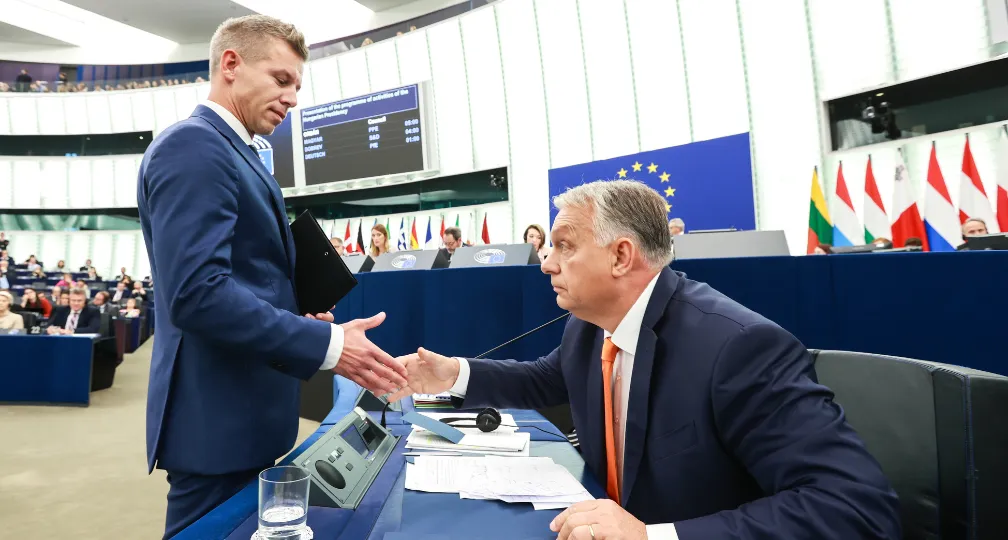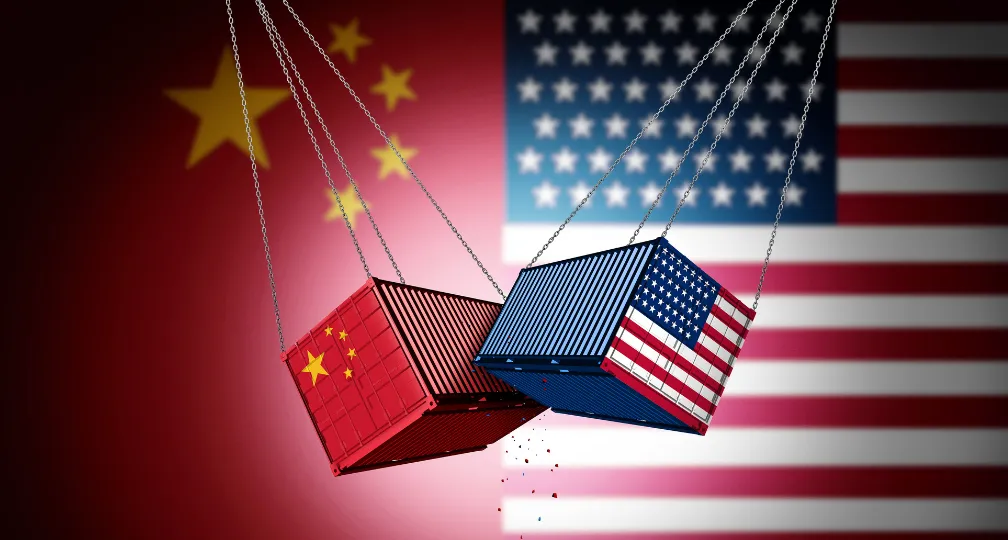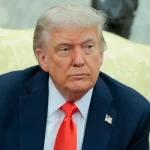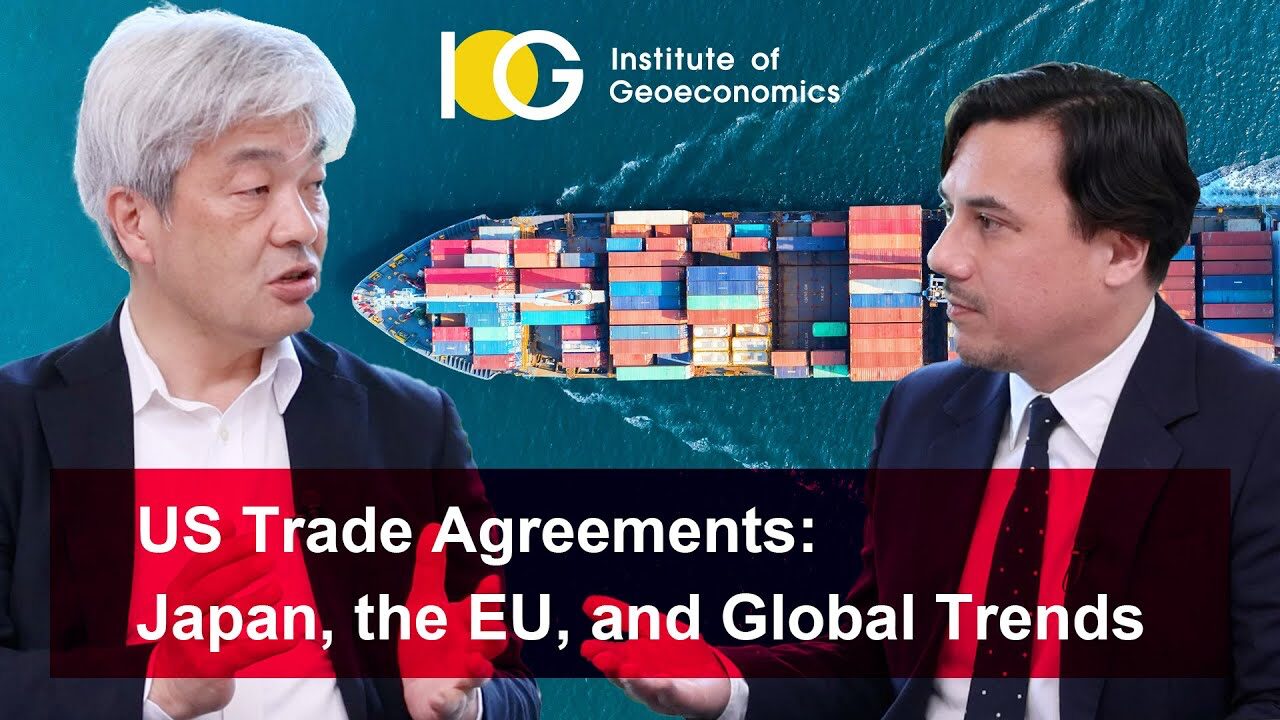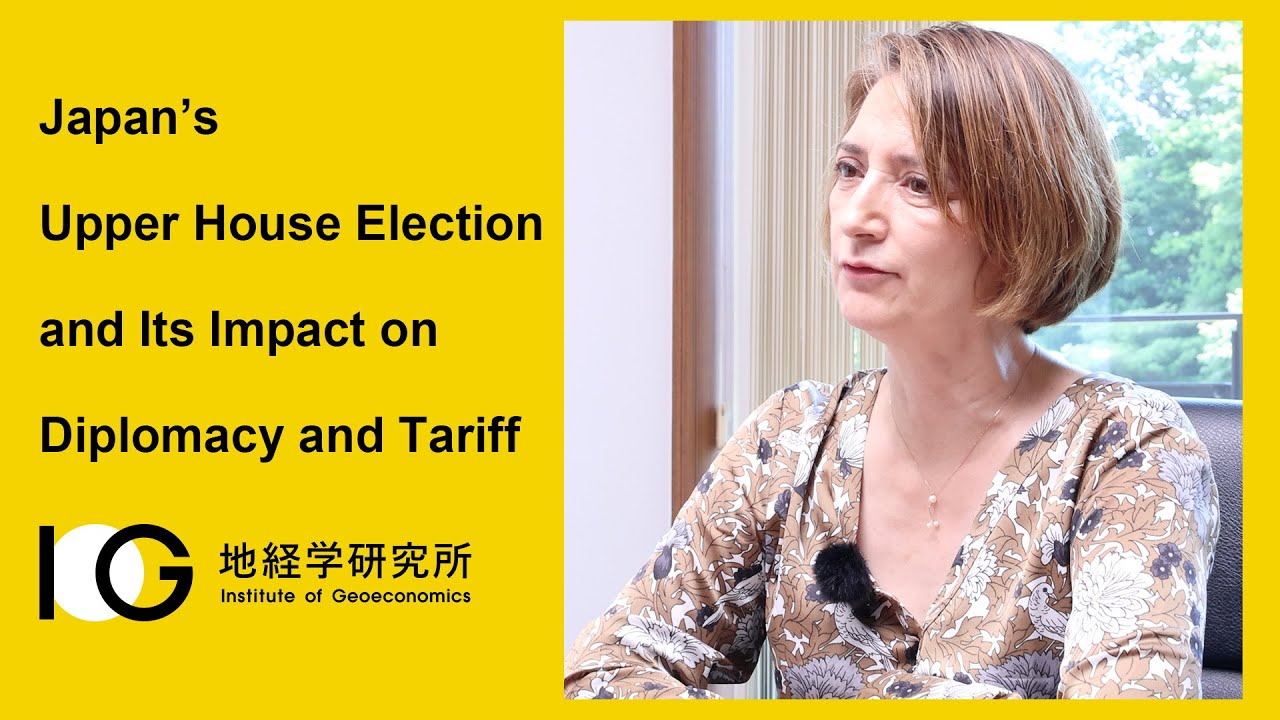The Tariff Plans Need Clarity and Credibility if They’re Going to Work
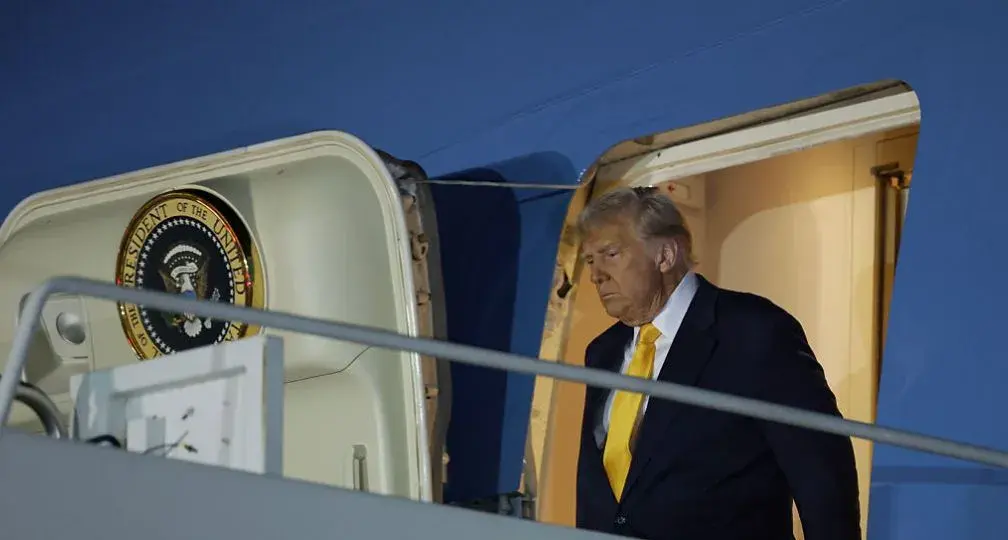
The latest regulatory developments on economic security & geoeconomics
By Paul Nadeau, Visiting Research Fellow, Institute of Geoeconomics (IOG)
Tariff Pause and New Exemptions: The 10 percent tariff “floor” announced on April 2 went into effect on April 5, but the “reciprocal” tariffs which were due to be imposed on were suspended on April 9 for all countries except China (China-specific tariffs will be discussed below). following a stock market crash and signs of a crash in the bond market. Treasury Secretary Scott Bessent said that the pause was designed to give countries an opportunity to negotiate reductions on their reciprocal tariff levels.
On Friday, April 11, the list of exempted goods was expanded to include some consumer electronics products like smartphones, laptops, and some equipment used to produce semiconductors, but retained a 20 percent tariff on electronics from China. On April 14 Trump said that electronics would be “moving to a different Tariff ‘bucket’” and suggested that details on a tariff rate for semiconductors would be announced in the following week.
The current exemptions now cover almost $390 billion in U.S. imports based on official U.S. 2024 trade statistics, including more than $101 billion from China. There are currently sector-specific tariffs for steel, aluminum and autos, while tariffs have been pledged or suggested for auto parts, copper, semiconductors, pharmaceuticals, lumber, and critical minerals.
China-U.S. Trade War Is in Effect: Trump’s April 2 tariffs included a 34 percent tariff on goods from China, to which China responded on April 4 with a 34 percent retaliatory tariff, matching the “reciprocal” tariff on China. After a series of retaliations, President Trump raised tariffs on goods from China to 145 percent and China imposed tariffs of 125 percent on goods from the United States but stated that it “would ignore” future tariff hikes from the Untied States.
China also added seven types of rare earth elements and 16 U.S. entities to an export-control list and added 11 firms to an “unreliable entity list”, including defense companies Skydio and BRINC Drones. The restricted rare earth elements include including samarium, gadolinium, terbium, dysprosium, lutetium, scandium and yttrium-related items which are used to make weapons, advanced electronics, and some consumer goods. Trump has said he is open to discussions with China, the European Union, and others but only if they are willing to eliminate their trade surplus with the United States.
IEEPA Challenged in Court: The New Civil Liberties Alliance, a conservative legal group, filed a lawsuit in the U.S. District Court in Florida on April 3, challenging President Trump’s use of the International Economic Emergency Powers Act of 1977 to impose 20 percent tariffs on China for its supply of fentanyl and its precursor chemicals. The IEEPA allows the President broad authority to respond to an emergency but not explicitly authorize the use of tariffs.
New Legislation to Rein in Tariff Powers: Senators Chuck Grassley (R-IA) and Maria Cantwell (D-WA) introduced the “Trade Review Act of 2025” on April 3, which require the President to notify Congress within 48 hours of the imposition of new tariffs and for Congress to explicitly approve any new tariffs within 60 days, along with giving Congress the option of lifting the tariffs at any time. A similar bill has been introduced in the House of Representatives. Its introduction comes amidst concern about President Trump’s imposition of tariffs without consultation with Congress which under the Constitution has primary authority over foreign trade.
EU Sanctions Belarus Officials: The European Union sanctioned 25 individuals and 7 entities for “undermining democracy and the rule of law in Belarus” as well as for military cooperation with Russia in support of its invasion of Ukraine. The sanctioned individuals and entities include Central Election Commission (CEC) its deputy Chair and secretary, as well as its members, Aleh Ramanau, the chair of the majority party in parliament, nine judges who issued politically-motivated sentences, and restrictive measures on notable members of the President Property Management Directorate, a Belarusian government body that generates revenue for the regime.
U.S. Government Targets Support for Iran’s Drone Program: On April 1, the U.S. Treasury Department sanctioned a network of six entities and two individuals based in Iran, the UAE, and China responsible for the procurement of UAV components on behalf of Iran-based manufacturer Qods Aviation Industries. The U.S. Justice Department concurrently announced criminal charges against two Iranian nationals and an Iranian company for conspiring to provide material support to the IRGC and engaging in a scheme to procure U.S. technology for Iranian attack drones.
OFAC Designates Support for Iran’s Nuclear Program: On April 9, the U.S. Treasury Department’s Office of Foreign Assets Control (OFAC) designated five entities and one individual based in Iran for support to entities that oversee Iran’s nuclear program, including the Atomic Energy Organization of Iran (AEOI) and the AEOI-subordinate Iran Centrifuge Technology Company (TESA).
Analysis: The Tariff Plans Need Clarity and Credibility if They’re Going to Work
After suspending the tariffs announced on April 2 for 90 days, Donald Trump set the ambitious goal of “90 deals in 90 days”, giving tariffed countries a chance to negotiate an agreement with the United States that would reduce or eliminate the tariffs imposed above the 10 percent floor. Whether a deal-a-day pace is realistic, the more fundamental question for countries negotiating with the United States is what happens next and whether any potential could be credible.
For one, the last time the Trump administration has already announced an ambitious goal – calculating reciprocal tariffs – and the result was shambolic and undermined much of the trust that stakeholders might have in the process. Calculating reciprocal tariffs from the millions of tariff lines was always going to be a big task, especially with the looming deadline of April 2. The resulting justification for the tariffs reflected the tight deadline, using a crude methodology based around trade deficits but led to tariffs being imposed on countries with whom the United States has a trade surplus or on territories that do no international trade.
Countries will still need to respond accordingly regardless of the methodology, but there’s still a lot that’s unknown about what’s happening and what the plans are. It’s fair to believe that some people in the administration, like Treasury Secretary Scott Bessent, have a plan that they believe can reduce U.S. debt by reshaping global trade, but that plan isn’t reflected in the sum of the trade actions coming out of the White House. For one, if the goal is to replace imports with foreign direct investment, then updated investment rules should have been announced concurrently with the tariff announcement of April 2. The America First Investment guidance announced in February, as well as other announcements suggesting a streamlining of investment processes haven’t yet been institutionalized and it’s not clear what rules will be in place to encourage investment.
Nor is it clear how the process for negotiating exemptions will work or what specific deliverables are expected. Part of the motivation for ambiguity is for businesses and target countries to react proactively to the Trump administration’s initiative, but the 90 day suspension of tariffs following turbulence in the bond markets shows that the Trump administration is doing plenty of reacting itself. If that’s the case, there’s an argument to be made that the best strategy for stakeholders would be to simply let market forces and events run their course and then negotiate from a stronger position.
There are also questions about whether any potential deals will be respected. The April 2 tariffs have been imposed in violation of World Trade Organization rules and in violation of existing agreements like the the Korea-U.S. Agreement (KORUS) and other free trade agreements, while the fentanyl tariffs against Canada and Mexico in March are arguably in violation of the U.S.-Mexico-Canada Agreement (USMCA). The Trump administration may have perfectly justifiable reasons for overriding those agreements, but unilaterally breaking agreements as the Trump administration has makes it hard for countries to expect that potential future agreements will be respected.
The legal process through which these tariffs were imposed doesn’t offer many guarantees either. Imposing tariffs by Executive Order may be quick and avoid the challenges of congressional ratification but also makes any tariffsor possible agreement more ephemeral. Executive orders are meant to be directives for the internal operations of the Executive Branch but have limited authority and may be overruled by the courts, supplanted by congressional legislation, or replaced, revised, or withdrawn at any point by any President. Trump himself was able to withdraw the United States from the Paris Agreement and the nuclear deal with Iran, since his predecessor Barack Obama initiated U.S. participation in both via executive order rather than through congressional ratification which gives any deal statutory authority, making the terms of any deal the “law of the land”. Unless Trump implements any agreement through ratification by Congress, the possibility will always remain that that agreement may be subject to change or withdrawal by Trump or by one of his successors.
Then there are the questions about the legality of implementing tariffs under the International Economic Emergency Powers Act of 1977 (IEEPA), which may be used to “to deal with any unusual and extraordinary threat, which has its source in whole or substantial part outside the United States, to the national security, foreign policy, or economy of the United States”. National emergencies have been declared in regard to everything from opioid trafficking to immigration to trade balances, and administration officials have buttressed their actions with the concept that “economic security is national security”. It’s not clear whether the IEEPA gives the President the authority to apply tariffs. Congress wrote the legislation with the goal of curtailing, not expanding, presidential authority in national emergencies, and the legislation does not explicitly say that Presidents can apply tariffs in response to a national emergency, and Congress concurrently passed legislation intended to clarify presidential authority over trade policy and tariffs in the Trade Act of 1974. Furthermore, in recent years the Supreme Court has established the “major questions” doctrine which states that Congress must clearly state its intent to provide the Executive Branch with the ability to take major regulatory action, and it’s believed that tariffs would qualify as a “major question”, particularly since the administration has consistently claimed that 10 percent tariffs are the “floor” going forward rather than meant as a temporary, limited measure.
At the same time, considerable deference is shown to executive authority over national security by the courts, and since the 1980s, the Supreme Court has generally shown a deference to executive power more generally. They might say that applying tariffs through the IEEPA doesn’t usurp congressional authority since Congress maintains input through its ability to lift the national emergency. However the courts decide – litigation will probably take years – seeing the President’s signature economic strategy and the leverage through which he plans to draw concessions being held up in court dampens the potency of the threat.
Then there are the questions of capacity. Policy goals need people to implement them, often in proportion to the ambition of those goals – tariffs need to be collected, exemptions need to be accounted for, the origin of inputs needs to be ascertained, and so on. Negotiating 90 deals in 90 days requires having negotiators with bandwidth and capacity, while adding exceptions and differing rates for different products from different countries puts more pressure on the customs agents who need to calculate the appropriate tariff rates – not least of all because the tariffs collected are expected to replace the federal tax revenues that fund the government.
The result of all of this is a lack of clarity with their tariff plans and a lack of credibility in their negotiations. A lack of clarity makes it harder for businesses and consumers to make plans and applies an “uncertainty” tax that will drag on potential growth and increase the chance of a recession, while the lack of credibility means their negotiating position isn’t as strong as they might have hoped. It’s possible that there’s a right way to do what they’re trying to do, but the capacity and the strategy aren’t aligned with how one would expect this to work.
(Photo Credit: Joe Raedle / Getty Images)
Disclaimer: The views expressed in this IOG Economic Intelligence Report do not necessarily reflect those of the API, the Institute of Geoeconomics (IOG) or any other organizations to which the author belongs.
API/IOG English Newsletter
Edited by Paul Nadeau, the newsletter will monthly keep up to date on geoeconomic agenda, IOG Intelligencce report, geoeconomics briefings, IOG geoeconomic insights, new publications, events, research activities, media coverage, and more.


Visiting Research Fellow
Paul Nadeau is an adjunct assistant professor at Temple University's Japan campus, co-founder & editor of Tokyo Review, and an adjunct fellow with the Scholl Chair in International Business at the Center for Strategic and International Studies (CSIS). He was previously a private secretary with the Japanese Diet and as a member of the foreign affairs and trade staff of Senator Olympia Snowe. He holds a B.A. from the George Washington University, an M.A. in law and diplomacy from the Fletcher School at Tufts University, and a PhD from the University of Tokyo's Graduate School of Public Policy. His research focuses on the intersection of domestic and international politics, with specific focuses on political partisanship and international trade policy. His commentary has appeared on BBC News, New York Times, Nikkei Asian Review, Japan Times, and more.
View Profile-
 The Geoeconomics of Generative AI Development Race: How Emerging Technologies Can Become National Power2025.10.27
The Geoeconomics of Generative AI Development Race: How Emerging Technologies Can Become National Power2025.10.27 -
 From Decline to Surge: The Defense Industry in the Era of Excess Demand (Executive Summary)2025.10.24
From Decline to Surge: The Defense Industry in the Era of Excess Demand (Executive Summary)2025.10.24 -
 Hungary’s Electoral System: Constructing a System Favorable to the Governing Party and Its Future Prospects2025.10.20
Hungary’s Electoral System: Constructing a System Favorable to the Governing Party and Its Future Prospects2025.10.20 -
 US-China Misperceptions in the Race for Strategic Autonomy2025.10.17
US-China Misperceptions in the Race for Strategic Autonomy2025.10.17 -
 Navigating Uncertainty: India’s Quiet Strategic Moves2025.10.15
Navigating Uncertainty: India’s Quiet Strategic Moves2025.10.15
 What Comes Next after the Supreme Court Rules on IEEPA?2025.10.02
What Comes Next after the Supreme Court Rules on IEEPA?2025.10.02 Event Report: Nuclear Weapons, Eighty Years After the War and the Atomic Bombings2025.09.25
Event Report: Nuclear Weapons, Eighty Years After the War and the Atomic Bombings2025.09.25 Trump and America’s tech giants: Coexistence or collaboration?2025.10.03
Trump and America’s tech giants: Coexistence or collaboration?2025.10.03 A Looming Crisis in U.S. Science and Technology: The Case of NASA’s Science Budget2025.10.08
A Looming Crisis in U.S. Science and Technology: The Case of NASA’s Science Budget2025.10.08 US-China Misperceptions in the Race for Strategic Autonomy2025.10.17
US-China Misperceptions in the Race for Strategic Autonomy2025.10.17




